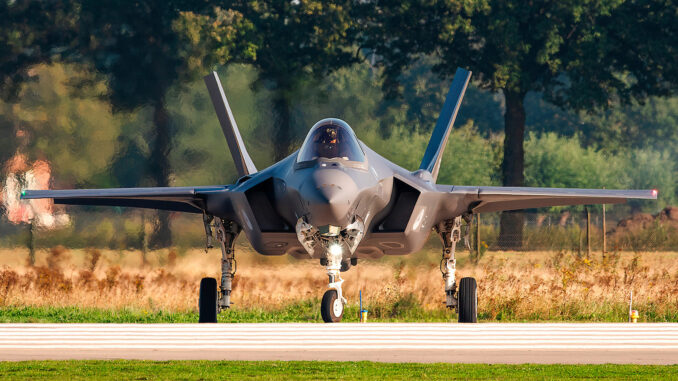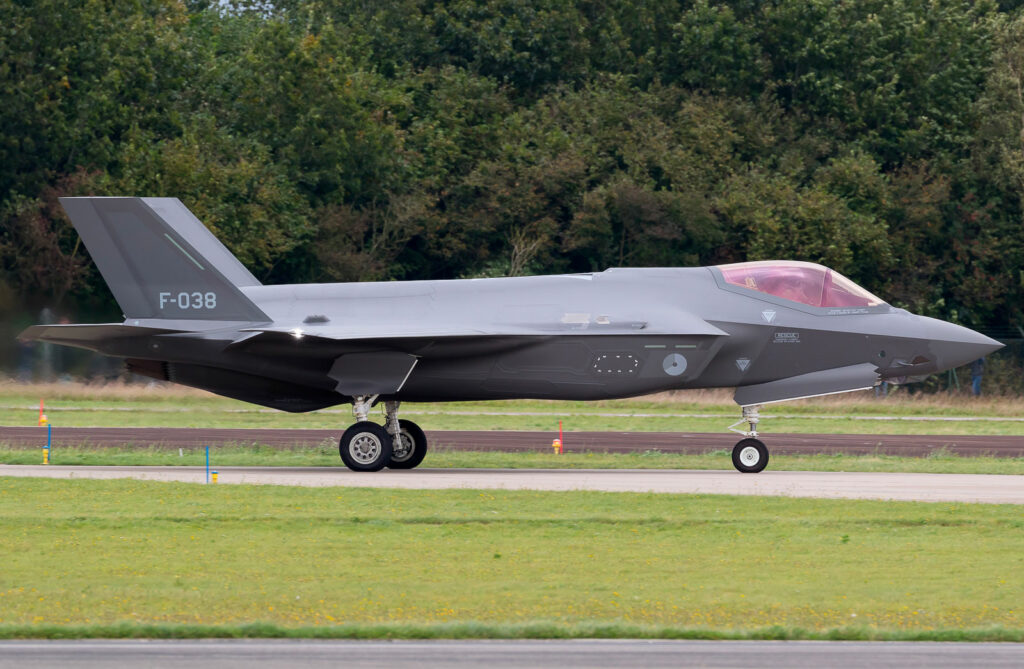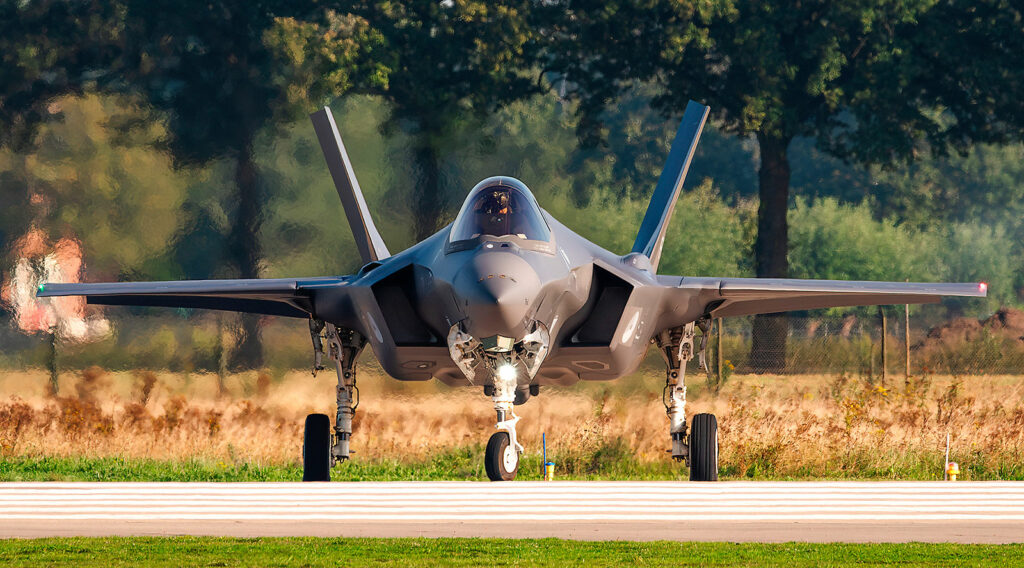
Dutch F-35s used the Keystone system to guide PULS artillery fire during the Ramstein Flag 2025 exercise.
During the Ramstein Flag 2025 exercise, Dutch F-35As used the Keystone system for the first time in Europe to transmit targeting coordinates in real time to a ground-based artillery unit equipped with the PULS system. This integration enabled a swift and precise strike, demonstrating the effectiveness of combined arms coordination and the growing importance of advanced communication systems in modern military operations.

Integration of the F-35 and the Keystone system
The F-35A Lightning II, developed by Lockheed Martin, is a fifth-generation fighter aircraft with stealth capabilities and an advanced sensor suite. During the Ramstein Flag 2025 exercise, the Dutch F-35As used the Keystone system to transmit targeting data in real time to a ground-based artillery unit. Keystone, also developed by Lockheed Martin, is a communication system that enables the rapid and secure exchange of information between different military platforms.
This integration allows the F-35 to play a central role in the coordination of combined arms operations, providing accurate targeting data to ground units, which improves the speed and effectiveness of strikes. This capability is particularly important in modern combat environments, where speed of reaction and precision are essential.
The PULS artillery system
The PULS (Precise and Universal Launching System) system, developed by Elbit Systems, is a multiple rocket artillery system capable of firing a variety of munitions with great precision. It can launch rockets of different calibers, with ranges of up to 300 kilometers, depending on the type of munition used.
The PULS is designed to be highly mobile and can be deployed quickly in the field. It is equipped with two launch pods, each of which can hold different types of rockets, giving it great operational flexibility. The system is also compatible with GPS-guided munitions, which improves the accuracy of strikes.
The integration of PULS with the Keystone system and the F-35s enables effective coordination between air and ground forces, thus improving the armed forces’ long-range strike capability.
Strategic consequences of the F-35/Keystone/PULS integration
The integration of the F-35, the Keystone system and PULS represents a significant step forward in joint forces coordination. It enables a rapid and precise response to threats, combining the advanced detection capabilities of the F-35 with the firepower of PULS.
This capability is particularly relevant in the current context of geopolitical tensions, particularly in Eastern Europe. It offers the armed forces increased flexibility and a long-range strike capability, which is essential for deterring potential aggression and responding effectively to threats.
In addition, this integration highlights the importance of advanced communication systems in modern military operations. It demonstrates how technology can improve coordination between different branches of the armed forces, leading to more efficient operations and better use of available resources.

Prospects for the European armed forces
The successful integration of the F-35, the Keystone system and PULS during the Ramstein Flag 2025 exercise offers interesting prospects for the European armed forces. It shows how advanced technologies can be used to improve joint coordination and long-range strike capability.
This demonstration could encourage other European countries to adopt similar systems, thus strengthening interoperability between the armed forces of the various NATO member countries. It also highlights the importance of investment in communication and coordination technologies to meet current and future security challenges.
The integration of the F-35, the Keystone system and PULS represents a major step forward in combined arms coordination, offering a rapid and precise response to threats and strengthening the strike capability of European armed forces.
War Wings Daily is an independant magazine.